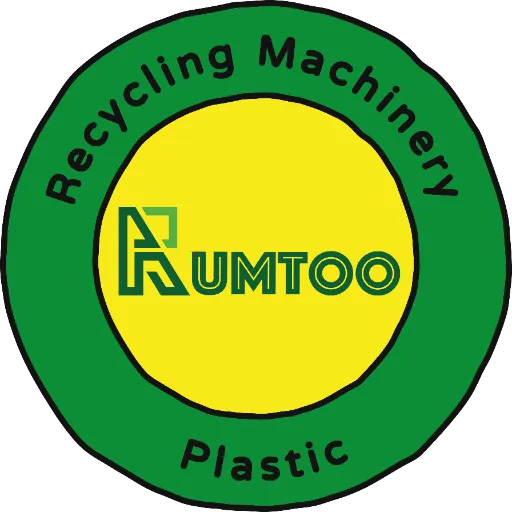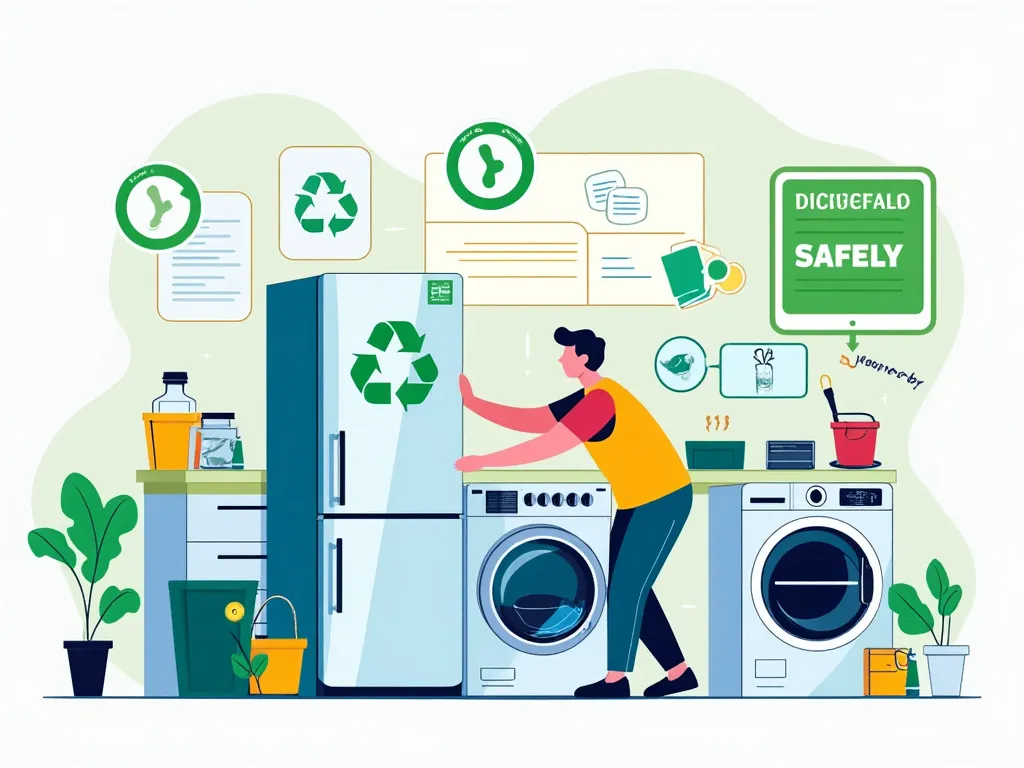Recycling large electronic appliances—like refrigerators, air conditioners, and dehumidifiers—is not only possible but also highly recommended. These appliances often contain hazardous materials, so proper recycling is essential to protect people, wildlife, and the environment. Here’s a step-by-step guide on how to prepare, recycle, and even reuse appliances while ensuring safety and compliance.
Preparing Appliances for Recycling
Before recycling, certain appliances require special preparation. For instance:
- Remove Refrigerants: Refrigerators, freezers, and air conditioners must have refrigerants professionally removed by an EPA-certified technician before recycling. These refrigerants are often ozone-depleting substances and greenhouse gases, making their careful disposal essential.
- Unplug & Defrost: Unplug these appliances at least a day before recycling to allow defrosting.
- Empty & Clean: Remove all food, liquids, and any internal components.
- Ensure Safety: If leaving a refrigerator or freezer outdoors for pickup, either secure it closed or remove the doors to prevent accidents.
How to Recycle Appliances
Recycling large appliances varies by type but generally follows these steps:
- Contact Local Authorities: Begin by reaching out to your local waste management office, which might offer bulk collection or appliance recycling programs.
- Check Retailer Programs: Some retailers participate in the EPA’s Responsible Appliance Disposal (RAD) program, ensuring environmentally safe recycling of old appliances.
- Utility Recycling Programs: Many electric utilities offer programs to recycle energy-inefficient appliances and may even provide cash incentives or utility credits.
Recycling Specific Appliances
- Refrigerators & Freezers: Old units can be recycled through RAD-participating retailers or local scrap metal facilities. Proper removal of refrigerants is mandatory before recycling.
- Air Conditioners: Similar to refrigerators, A/C units need refrigerant removal before recycling. Look for utility or retailer recycling events.
- Dehumidifiers: Containing refrigerants, these appliances must be handled with the same care as refrigerators.
- Dishwashers, Ovens & Stoves: Mainly metal, these appliances can often be dropped off at local scrap metal recyclers.
- Washing Machines & Dryers: These contain high amounts of recyclable metal, making them valuable for recycling.
- Water Heaters: Once drained, water heaters can be recycled for their metal content.
Why Recycle Old Appliances?
Older appliances often contain harmful materials like CFCs, HCFCs, used oil, mercury, and PCBs, all of which pose risks to human health and the environment. Recycling helps prevent these pollutants from contaminating air and water while conserving valuable materials like metal and reducing the amount of plastic waste.
Recycling also supports energy efficiency, as old appliances are typically less efficient and contribute more to carbon emissions. Transitioning to newer models not only saves energy but also helps reduce the carbon footprint.
Final Thoughts
While recycling rigid plastic appliances may seem daunting, it’s a critical step toward sustainability. Always consult local guidelines and work with certified professionals to ensure safe and legal recycling of all large appliances. By responsibly managing these items, you contribute to a healthier environment and a more sustainable future.

